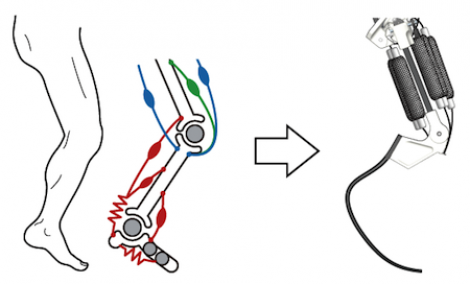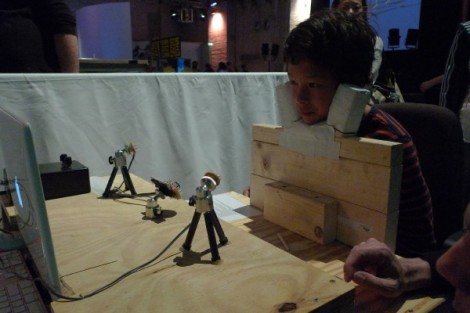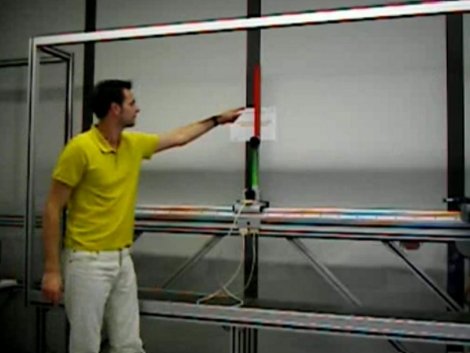
The human body is an amazing instrument from an engineering standpoint. Replicating just one part of it proves extremely difficult but these athletic legs show a lot of promise. This is the work of a Japanese researcher named [Ryuma Niiyama]. He’s been working on the design for years, and is now using pneumatic actuators to mimic the muscles in a human leg. The lower portion of the leg uses a spring mechanism that resembles some running prosthetics currently in use. These serve as a spring to store energy and reuse it by bouncing against the ground. He’s trying to teach his robot to use these legs; taking it through a learning process necessary to use the thigh actuators for locomotion and balance. We were surprised at how life-like the motion in the video after the break is. Even when falling down the movements are very life-like. We thought the movements of Little Dog were real enough to be creepy, and this robot may be close enough to our own mannerisms to fall into the uncanny valley.
















